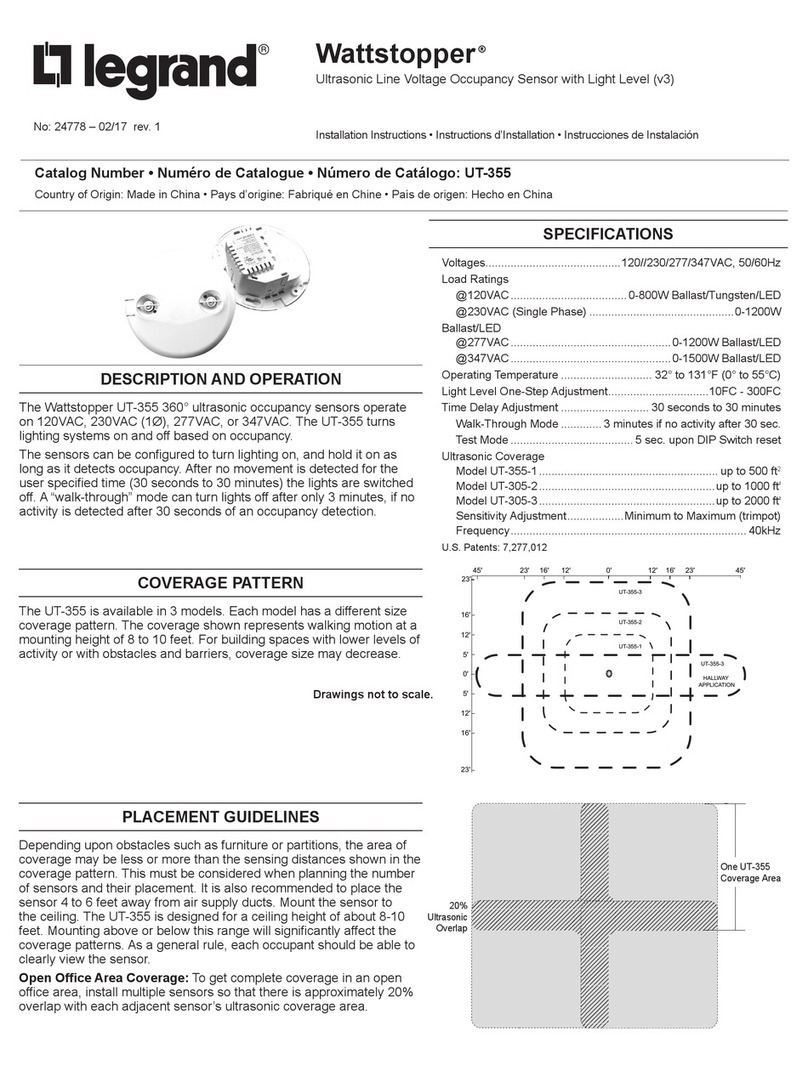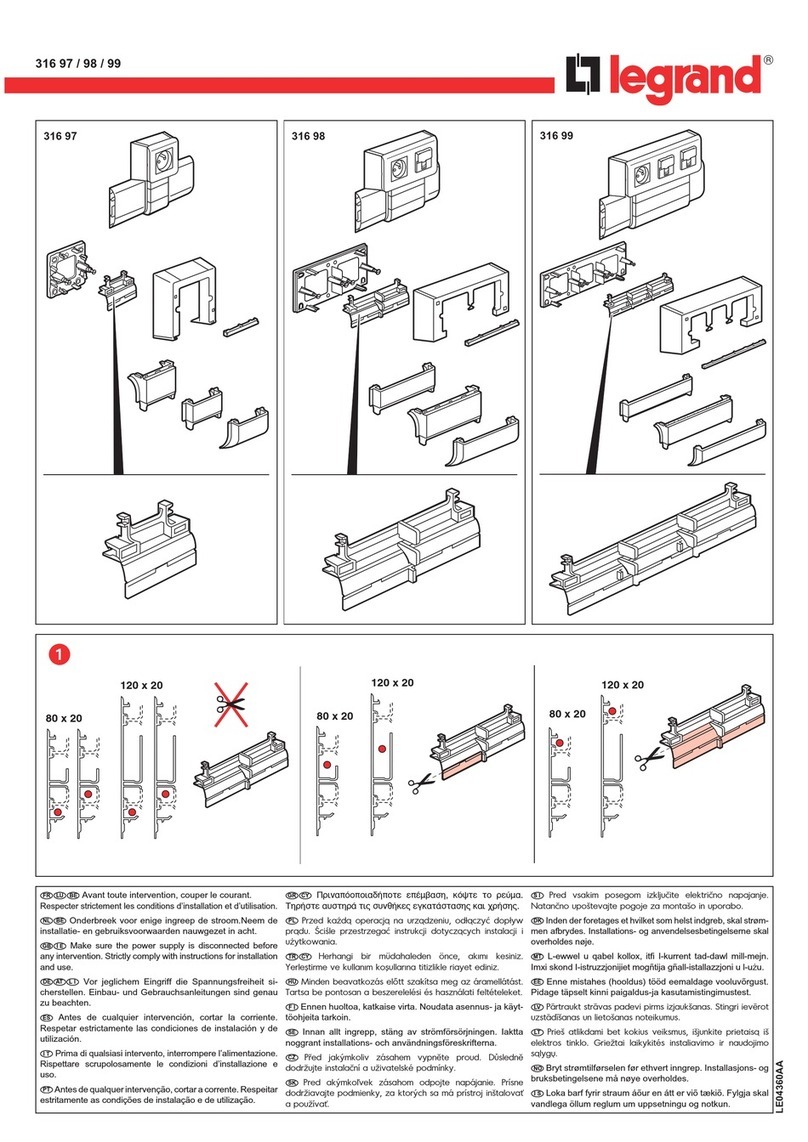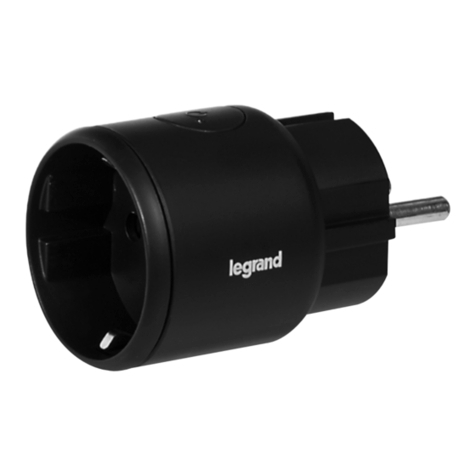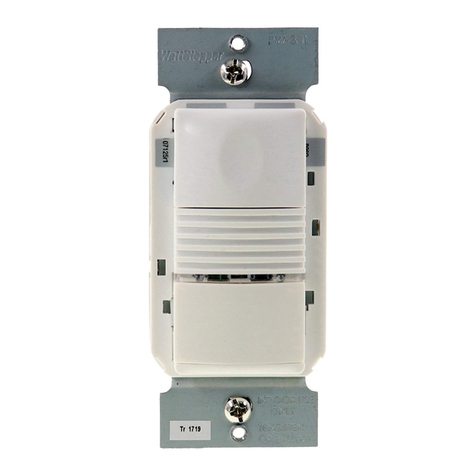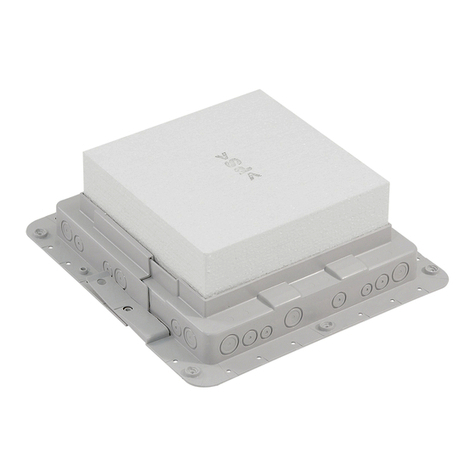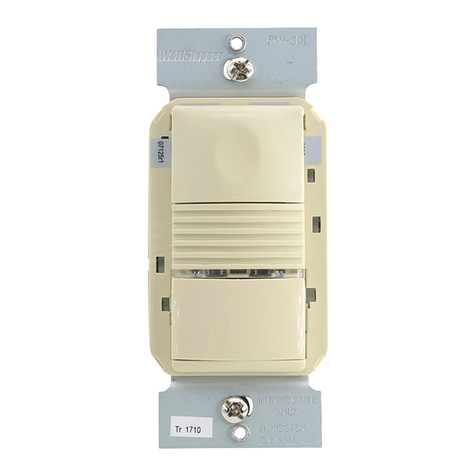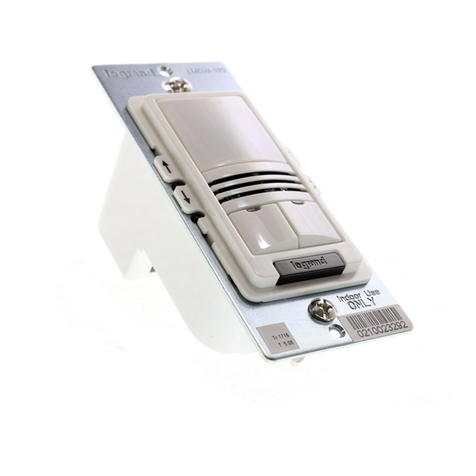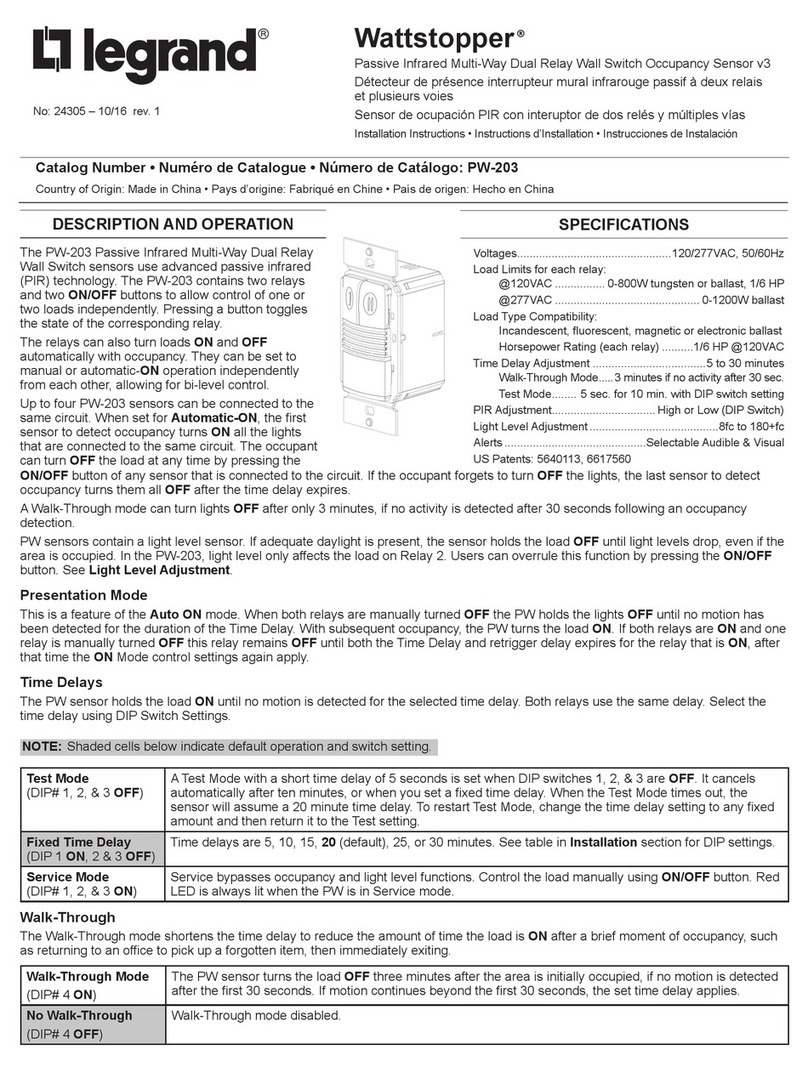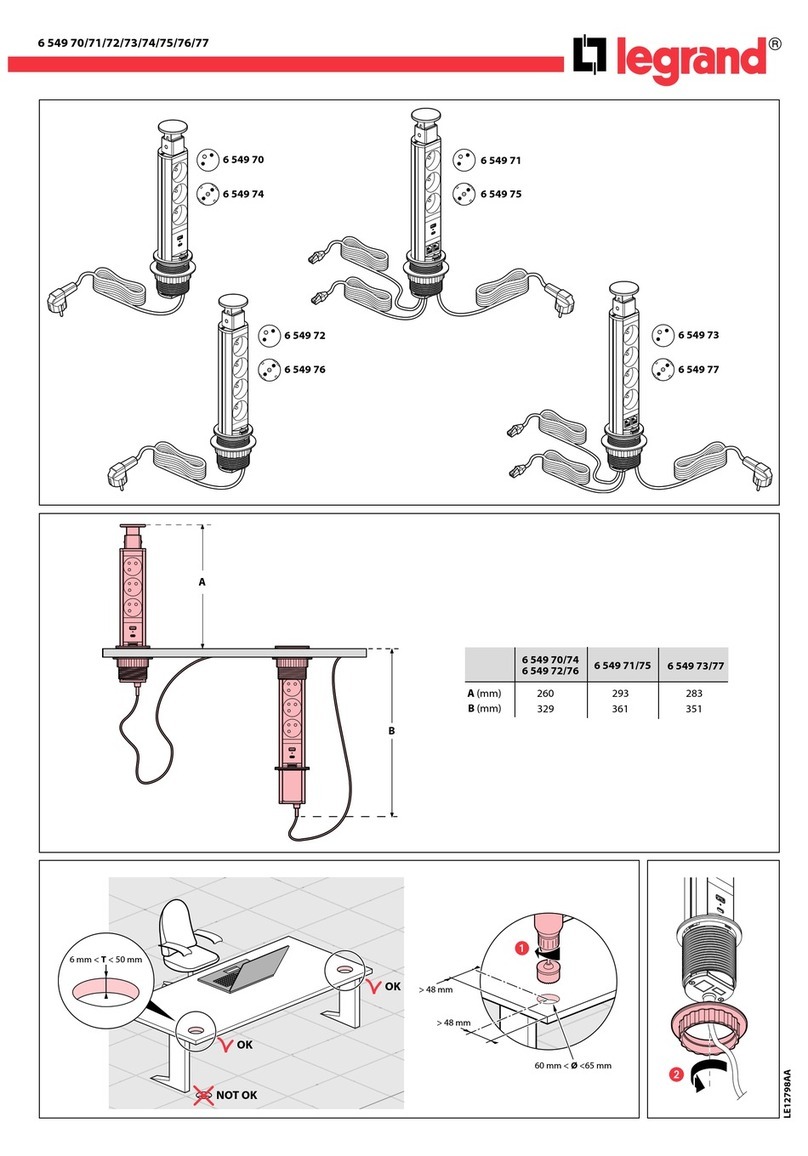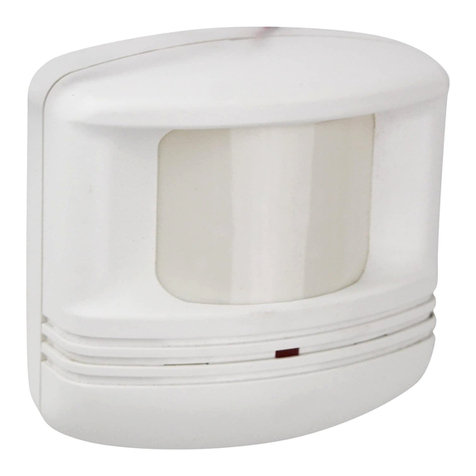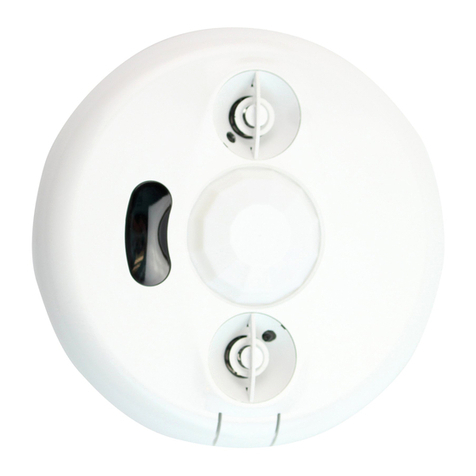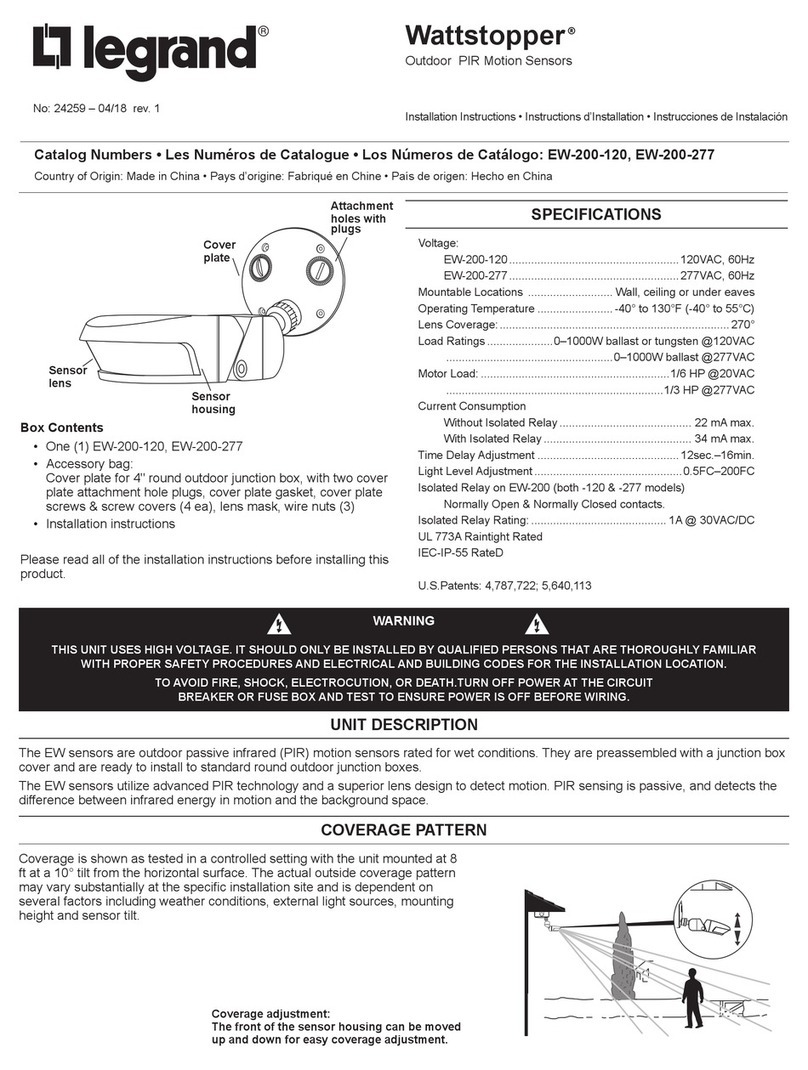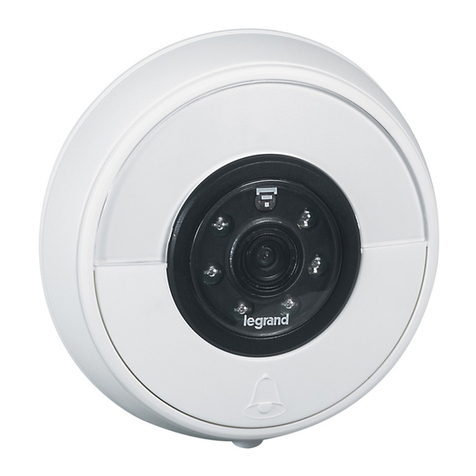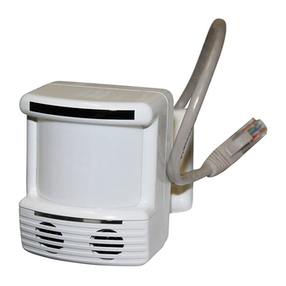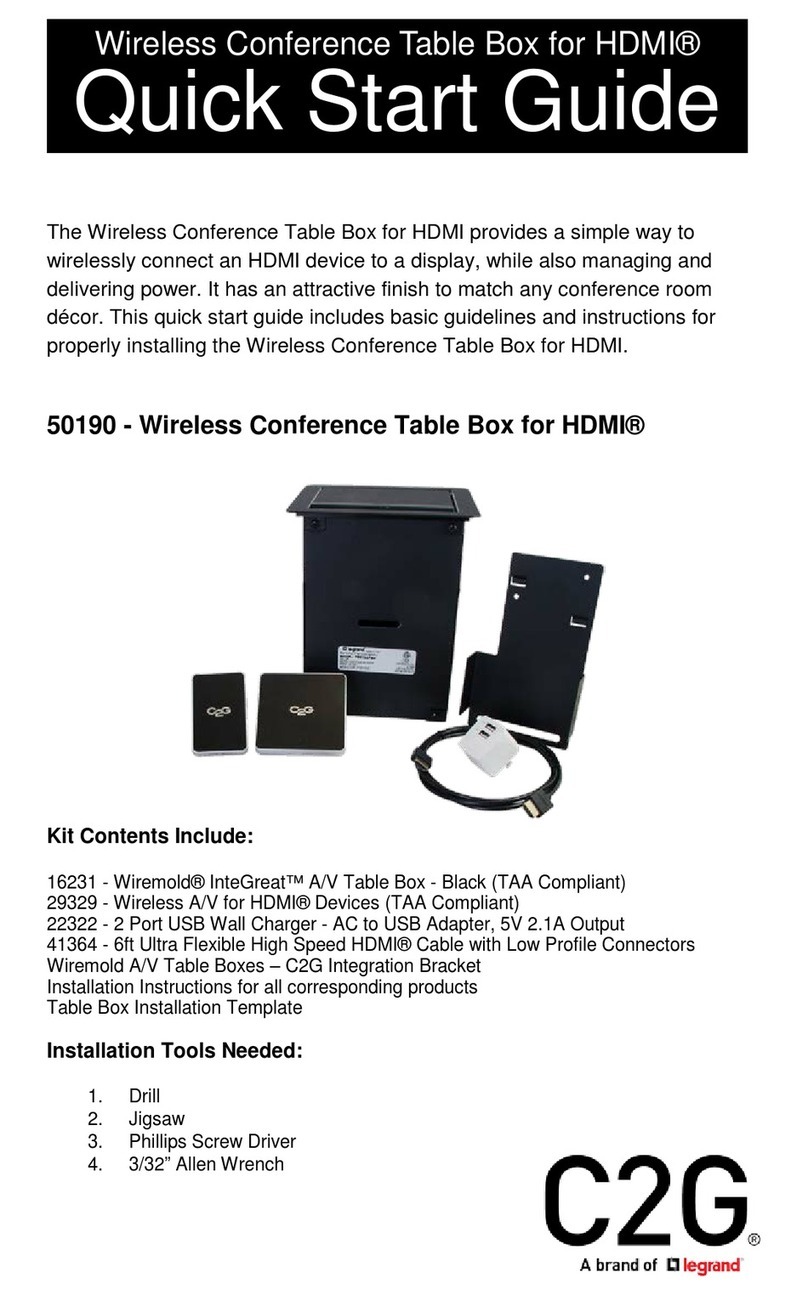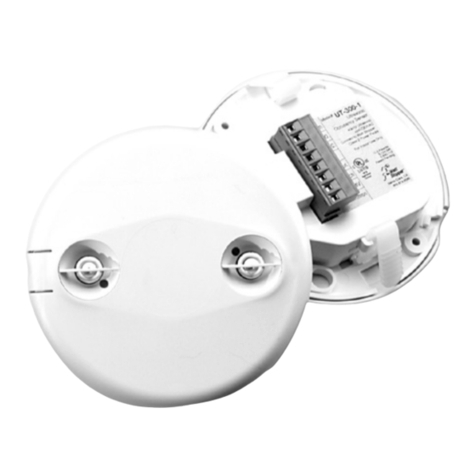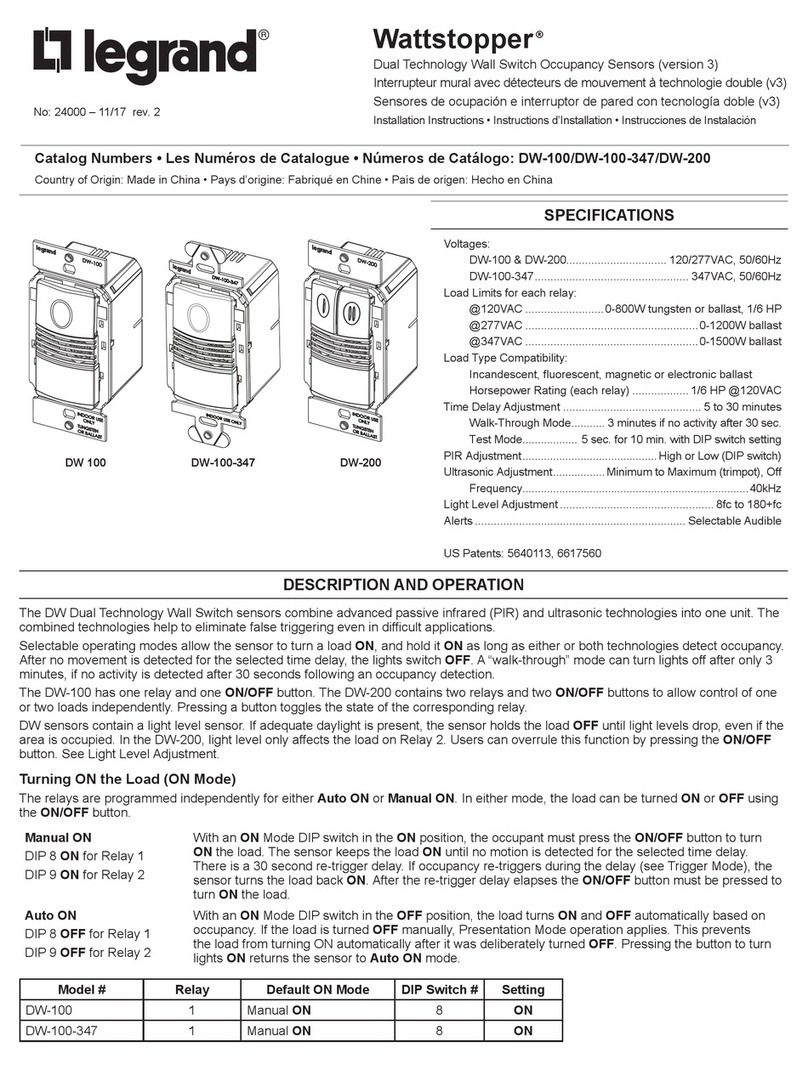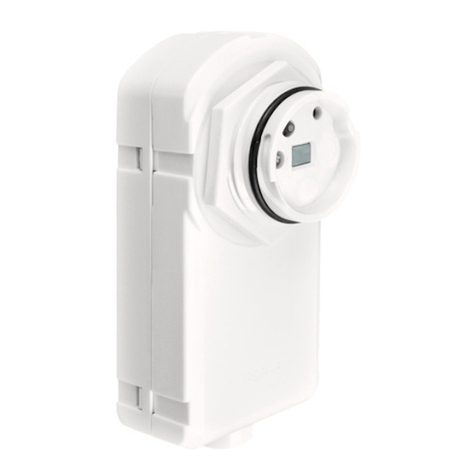
6/10
Technical data sheet: F01811EN/02 Updated: 27/11/2015 Created: 08/01/2014
Catalogue number(s): 5 551 01/02/04/05/06/07/08/09/10/12/13/21/
22/24/25/ 26/27/28/29/30/32/33/51/52/54/55/
56/57/58/59/60/62/63/81/84/85/86/88/89/90/
92/93 - 5 552 11/14/15/16/17/18/19/20/22/23/
31/34/35/36/37/38/39/40/42/43/51/54/55/56/
57/58/59/60/62/63/81/84/85/86/88/89/90/92/
93 - 5 553 01/04/05/06/08/09/12/21/24/25/26/
28/29/32/51/54/55/56/58/59/62/81/84/85/86/
88/89/92 - 5 554 14/15/16/18/19/21/22/31/34/
35/36/38/39/41/42/43/51/54/55/56/58/59/62/
63/81/84/85/86/88/89/91/92
Plugs, mobile sockets,
panel mounting sockets,
surface mounting sockets,
P17 Tempra Pro IP44 and low voltage 66/67
5. TECHNICAL CHARACTERISTICS
5.1 Incandescent wire resistance
- 850°C for live part supports
- 650°C for other components
5.2 Isolation voltage
750V
Dielectric strength
3000V 50Hz
5.3 Minimum Usage temperature (connection and disconnection)
40°C / maximum + 55°C
5.4 Minimum Installation temperature (wiring and/or fitting)
- 5°C / maximum + 40°C
5.5 Degree of protection
No penetration by water or dust in the IP66/67 products after
ageing for 7 days at 80°C.
5.6 Materials
Chemical agents Material resistance
Aqueous solutions
Cold water ................................................++
Hot water ..................................................-
Steam......................................................--
5 % saline solution .........................................+
Hydrogen peroxide.........................................-
Water + washing powder ...................................+
Water + surfactants.........................................+
Formaldehyde.............................................++
Alcohols
Ethanol ...................................................++
Methanol ..................................................-
Propanol ...................................................+
Butanol ....................................................+
Glycols
Ethylene glycol .............................................-
Phenols ....................................................--
Cresols .....................................................-
Alkalis
Ammonia ..................................................+
Sodium hydroxide (caustic soda)............................--
Sodium hypochlorite (12° bleach)...........................-
Potassium hydroxide (potash) ............................. +
Strong oxidizing acids
Concentrated acetic acid ...................................--
5% nitric acid...............................................-
10 % sulphuric acid.........................................-
30% hydrochloric acid ......................................-
70% perchloric acid ........................................-
70% hydrofluoric acid ......................................--
50% chromic acid ..........................................--
30% phosphoric acid .......................................-
Weak acids
Acetic acid diluted < 25%...................................-
Citric acid ..................................................+
Lactic acid..................................................-
Formic acid ................................................--
Uric acid ..................................................++
Resistance to chemical agents at ambient temperature related
to a risk of exposure by spraying
++ excellent resistance (continuous exposure)
+ good resistance (lasting exposure)
- limited resistance (brief exposure possible)
-- poor resistance (exposure to be avoided)
5.6 Material Characteristics (continued)
Chemical agents Material resistance
Animal oils and fats
Lard.......................................................++
Butter, cream..............................................++
Vegetable oils and fats
Linseed oil ................................................++
Groundnut/Olive oil .......................................++
Castor oil..................................................++
Glycerine..................................................++
Mineral oils and fats
Paraffin wax (Vaseline).....................................++
Automotive engine oils.....................................+
Silicone oils ................................................+
Cutting oils................................................++
Hydraulic oils..............................................++
Hydrocarbons
Lead-free petrol ...........................................++
Diesel .....................................................++
Kerosene..................................................++
White spirit.................................................+
Chlorinated solvents
Trichloroethylene ..........................................-
Trichloroethane ............................................--
Perchlorethylene . . . . . . . . . . . . . . . . . . . . . . . . . . . . . . . . . . . . . . . . . . . -
Methylene chloride.........................................--
Carbon tetrachloride .......................................-
Chloroform.................................................-
Aromatic solvents
Benzene ...................................................+
Toluene ....................................................+
Xylene .....................................................+
Aliphatic solvents
Hexane.....................................................+
Fluorinated solvents
Trichlorofluoro methane....................................--
Ketones
Acetone....................................................+
Methyl ethyl ketone ........................................+
Ethyl acetate ...............................................+
Terpenes
Turpentine . . . . . . . . . . . . . . . . . . . . . . . . . . . . . . . . . . . . . . . . . . . . . . . . . -
